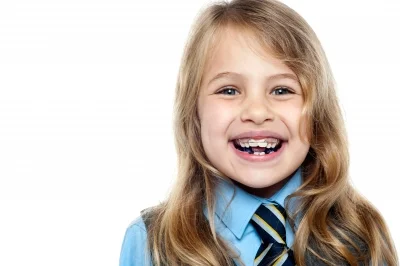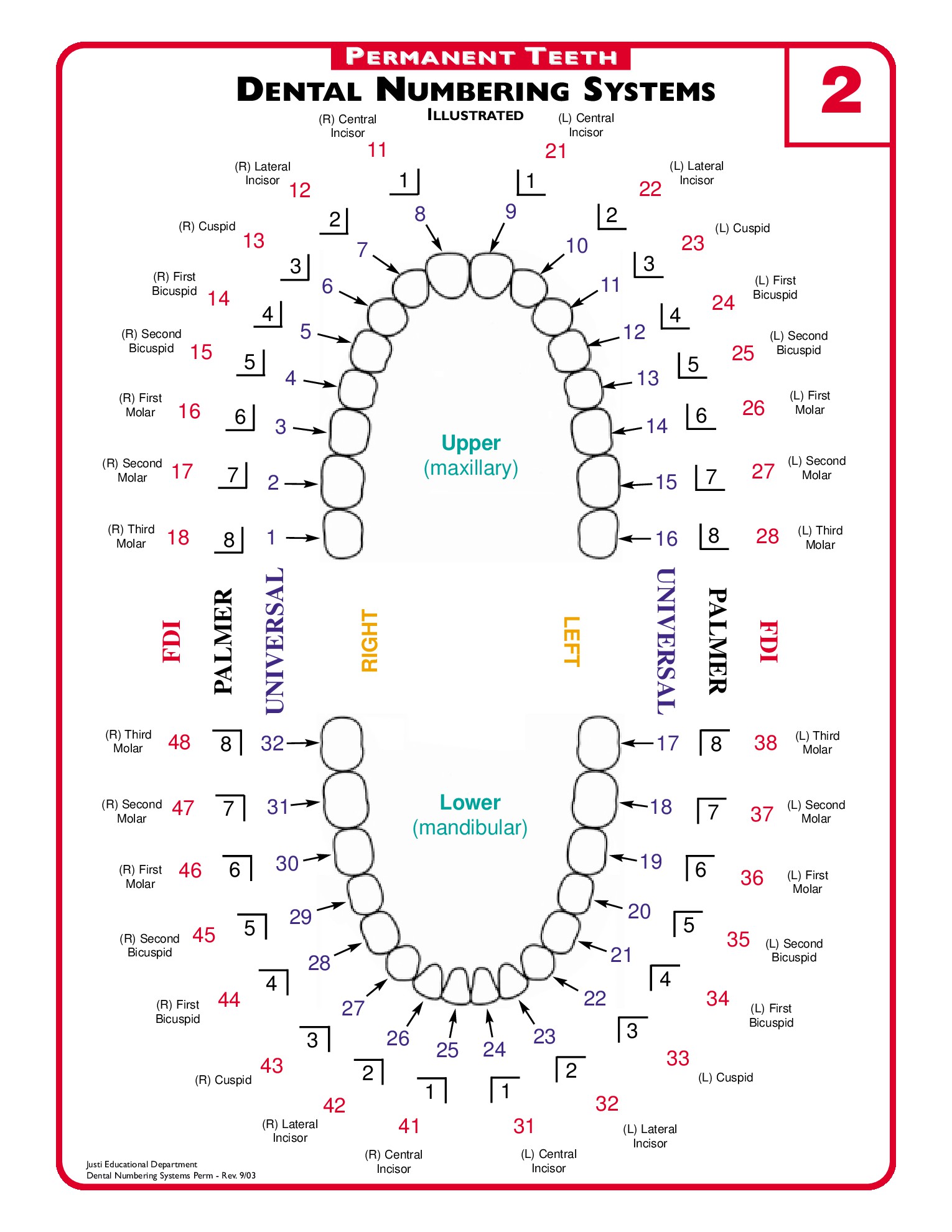Halloween is just around the corner, and for most kids, it means a bucket of free treats and sweets. It’s no surprise that Halloween present parents with various health and safety challenges, most especially with their kids’ dental health. Though it’s fine to eat candies on Halloween, it is best to have a plan.
To help your family keep those pearls healthy and strong on Halloween, here are some tips for you.
Choose wisely
Not all candies and sweets are the same, some are far worse than other when it comes to your teeth and gums’ health. If you are going to indulge this coming Halloween, eliminate the treats that are considered to be worst such as sticky treats like taffy and caramels, and hard candies as they tend to linger on your teeth spaces causing more damage.
Set Limits
This is very important. Do not let your child eat treats subconsciously while playing with friends or watching TV. Instead, give only on particular times such as after having a meal as the saliva produced during your meal will help remove the candy bits and sugar, hence lowering the risk of cavities. Another way is to have your child choose only a few of their favorites from the treat bag and allow them to eat sweet after a meal for just a week after Halloween, and then, donate the rest. Many dentists in the US joint the Halloween Buyback Program where candies are collected and sent to people in the military. When you donate your candy treats, your pediatric dentist might give you a new toothbrush in exchange.
Don’t Forget to Brush
But don’t hurry to brush your teeth after eating a few treats. Some candies are acidic and can soften the enamel, so brushing it right after eating can damage your teeth, risking damaging your enamel while still sensitive. Wait a bit before brushing your teeth. Instead of brushing, better drink water to rinse the sugar sticking on your eat and wait for at least 30 minutes before brushing.
Be Careful in Doing the Costumes
It isn’t just the treats that could damage your little ones teeth during Halloween. Be particularly careful with what you place on their teeth when it comes to costuming. When decorating your child’s teeth, use only those made for use in their mouth. Think more than twice when using prosthetics or fake fangs on your child. Though they may not cause any tooth cavities, there have been many cases of these products containing high levels of toxic chemicals such as lead. Talk to your pediatric dentist if you need any Halloween tips that concerns prosthetics or any kind of makeup on your teeth.


























